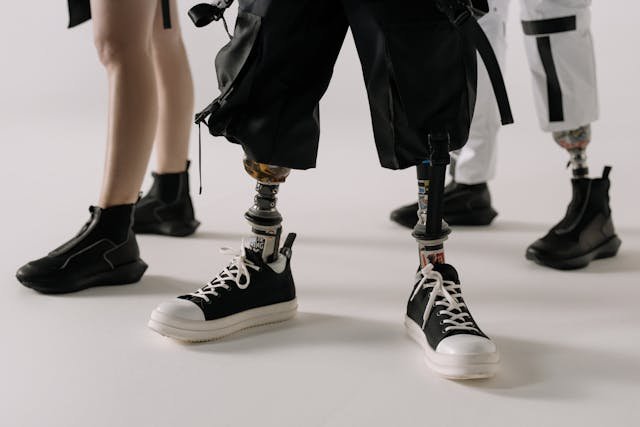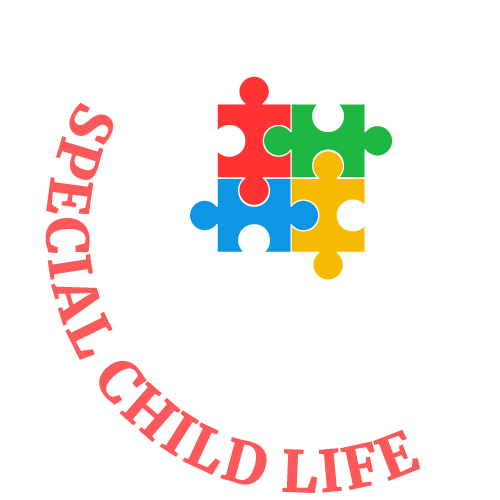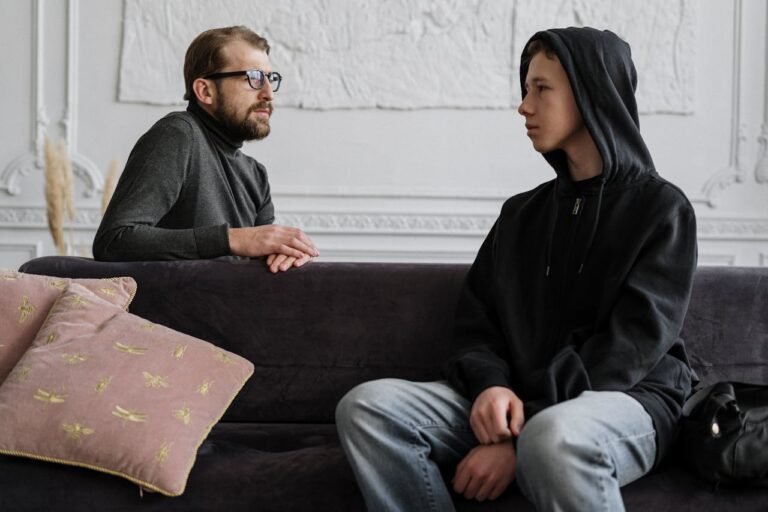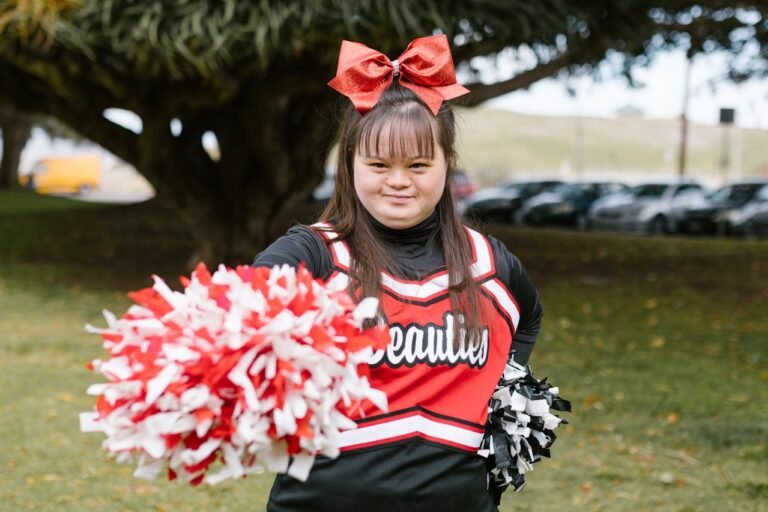To learning about amputations and limb differences would alter how you view matters in this international context. We’ll quickly discover what situations each is, why they transpire, and how they affect human beings’ everyday lives, be it something you heard earlier or something new to you. Dive in for those vital insights everybody desires to know. Get prepared to learn about the reasons, treatments, and how you may assist people facing these demanding situations every day. Let’s discover the facts and more about amputations and limb differences!
Causes of Amputations or Limb Differences
Amputations and Limb differences in Special Children may be brought about for particular reasons and might show up in numerous ways:
Common Causes: Injuries, mainly extreme ones from avenue accidents or different varieties of injuries, can bring about amputations. In other instances, clinical conditions like diabetes or infections might also cause a need for amputation.
Types of Limb Differences: Amputations and Limb differences in Special Children can be congenital, which means that one is born with it, or acquired, meaning that it develops throughout one’s lifetime:
- Congenital: Some folks are born with limb differences, which may additionally involve their arms, legs, and palms in terms of appearance or absence.
- Acquired: Others would probably lose a limb later because of injuries, infections, or a fitness circumstance.
Knowing these motives and brands enables us to recognize the exceptional approaches amputations and limb reconstructions may have on human lives. We must observe so that a higher manual may be available to human beings who revel in them.
Medical Interventions for Amputations or Limb Differences
The Amputations and Limb differences in Special Children consist of superior medical interventions or alternatives for prosthetics:
- Amputation Surgeries: Procedures of Surgical interventions are performed to rid limbs because of health conditions or excessive injuries.
- Prosthetic Technology Advancements: Advancements in new prosthetics have been radical. They provide more advantageous functioning and comfort for the limb-loss population.
- Merits of Prosthetics: Explain how prosthetic limbs can restore mobility, independence, and satisfaction of lifestyles at their great value for an amputee.
Understanding those remedies and generations explains the advancements in the therapy of hospitals and the innovation of prosthetics, enhancing the lives of those stricken by amputations and limb differences.

Support & Resources
Importantly, in addition, amputees or people with limb variations must be in a position to utilize assist networks and community assets for support. These consist of:
- Support Networks: Describe how peer support groups, online aid organizations, and nearby companies provide emotional guides and purposeful recommendations for overcoming challenges.
- Rehabilitation Programs: Explain how rehabilitation centers and packages can assist endurance in adjusting to the loss of a limb, enhancing their standard stage of bodily functioning, and mastering how to use prosthetics without headaches.
- Available Services: Outline vocational rehabilitation offerings, counseling, and adaptive sports activities applications to be had that foster independence and enhance great of life.
This phase intends to inform the reader about the supportive sources and offerings to be had for people with amputations or limb variations, thus emphasizing the network and professional help as essential to everyday living and the achievement of personal desires and aspirations.
Myths vs. Facts
Separating unusual myths from facts goes a long way to useful resources in selling data concerning amputations and limb replacements:
- Myths-Busting: Identify and solve myths, including assumptions of limitations, competencies, and societal stereotypes for people with amputation or limb variations.
- Providing the Right Information: Share real facts based on clinical research, non-public research, and professional opinions to help dispel misunderstandings and alternatively create sympathy and focus.
This section aims to educate readers about the realities of living with amputations or limb differences by addressing misconceptions and providing accurate information to foster a more inclusive and informed perspective.
Advocacy and Empowerment
Inclusivity and the advocacy of rights for people with limb variations must be recommended to build a supportive society:
- Endorsing Inclusion: Explain the significance of creating extra available environments, selling range, and challenging stereotypes to set up so that people with limb variations will feel valued and covered.
- Advocating for Rights: Outline the desire for human beings to push for legislative changes, the same opportunities for getting to know and employment, and access to healthcare for people with limb variations.
This segment is meant to empower the reader to act, speak, and suggest on behalf of humans living with limb differences for a fairer and more supportive society for all.
Final Thought
In conclusion, the observation we had uncovered a few key data into Amputations and Limb differences in Special Children, shedding light on their causes, kinds, and consequences on people’s lives. The more knowledgeable we are about those situations, the more empathetic and supportive we can be toward individuals who suffer from them, and the greater we can promote tolerance within our groups. Know-how empowers us to make a nice distinction. You can share your story with us.
Whether it’s learning about clinical remedies, aiding rehabilitation efforts, or spreading awareness, each of us can make a contribution and work toward a more informed and inclusive world for all. Act to stay knowledgeable, speak out, and embody diversity. Together, we can ensure that everyone receives their due recognition and help, regardless of physical differences.






